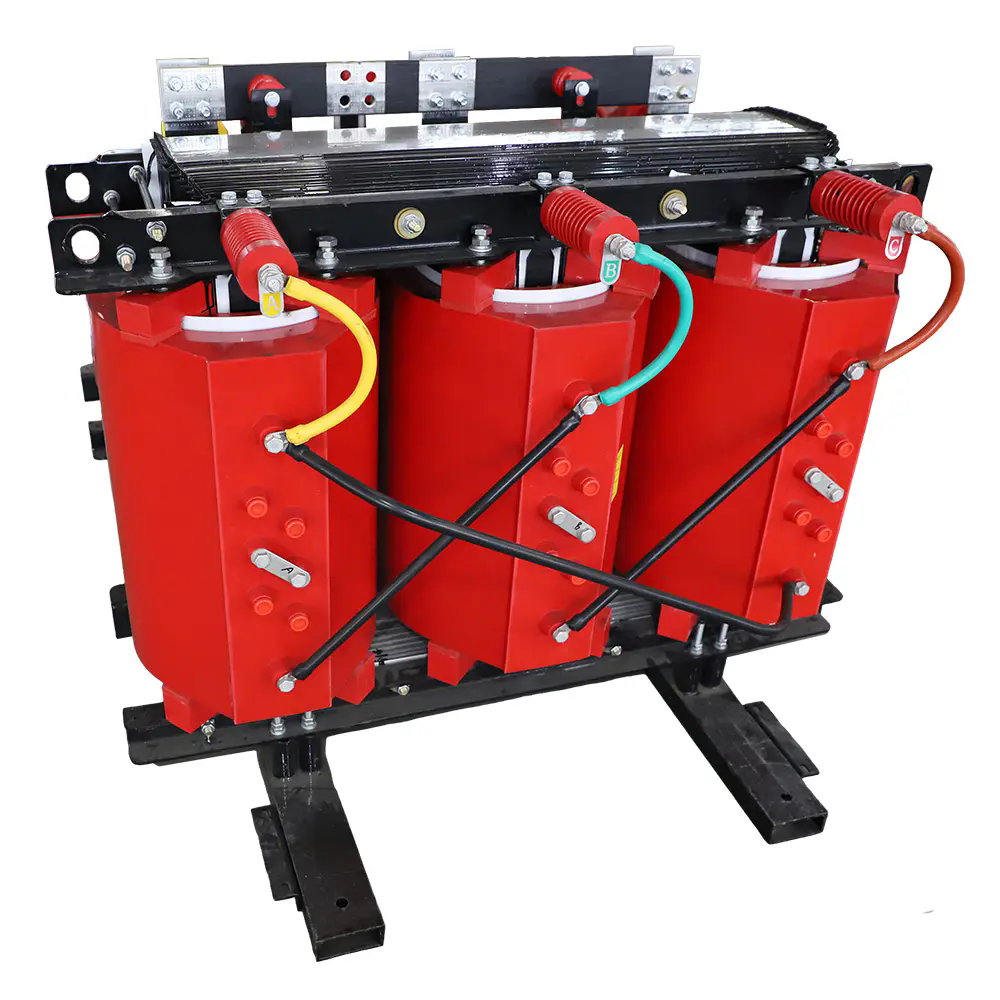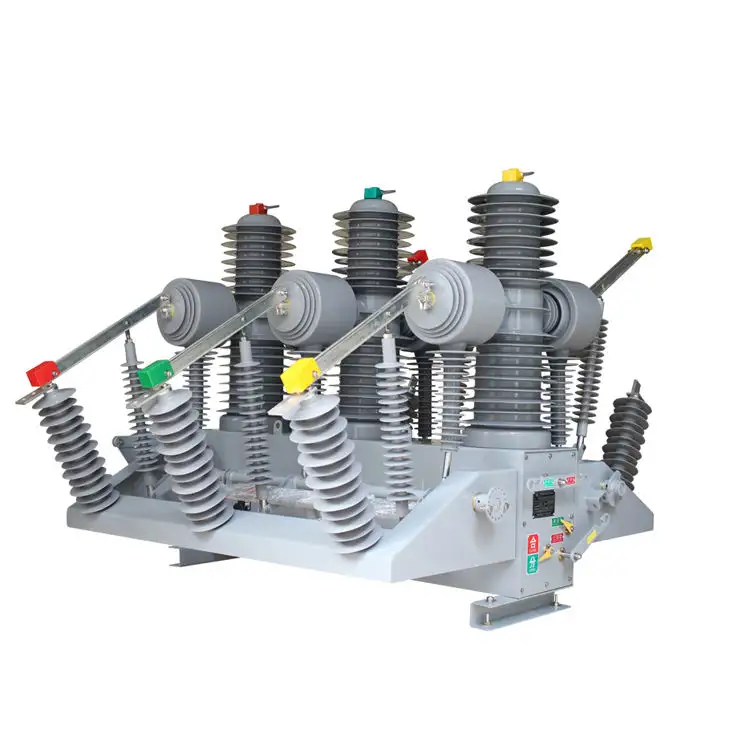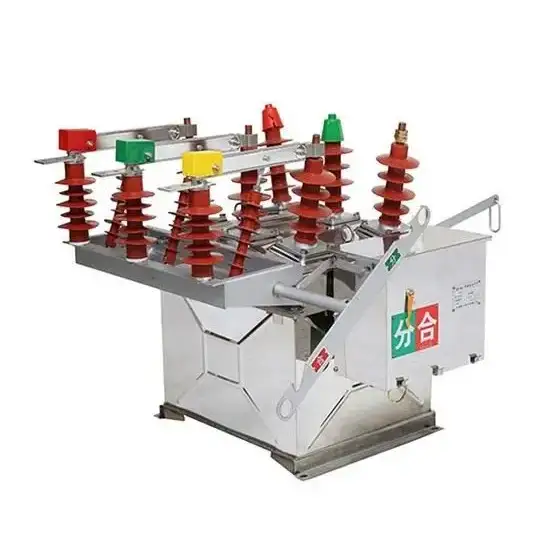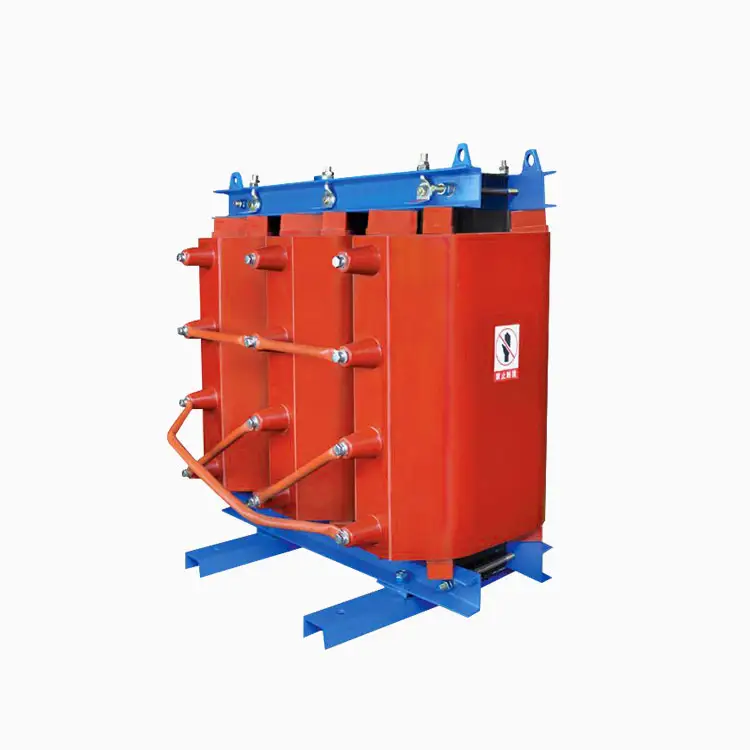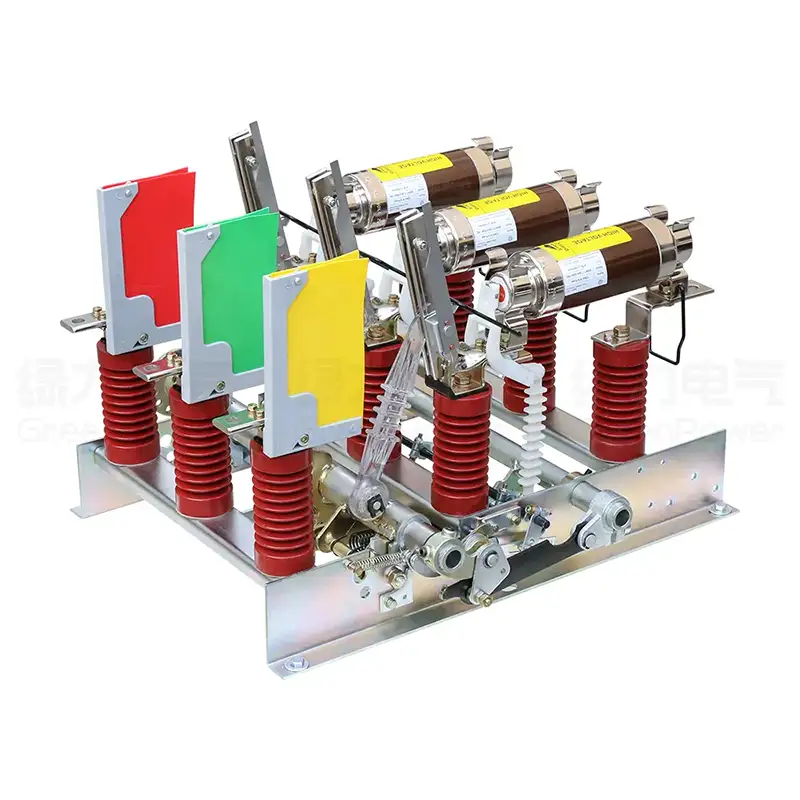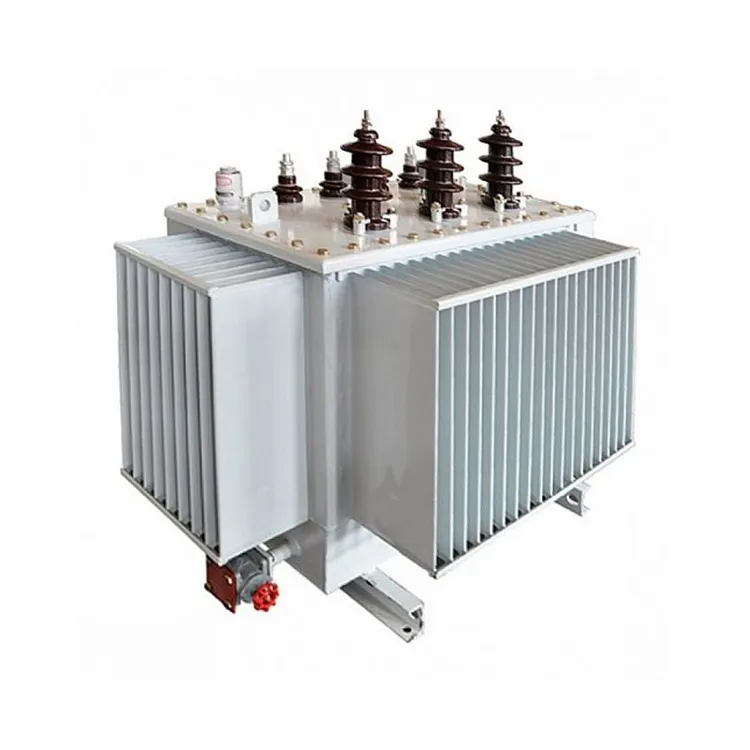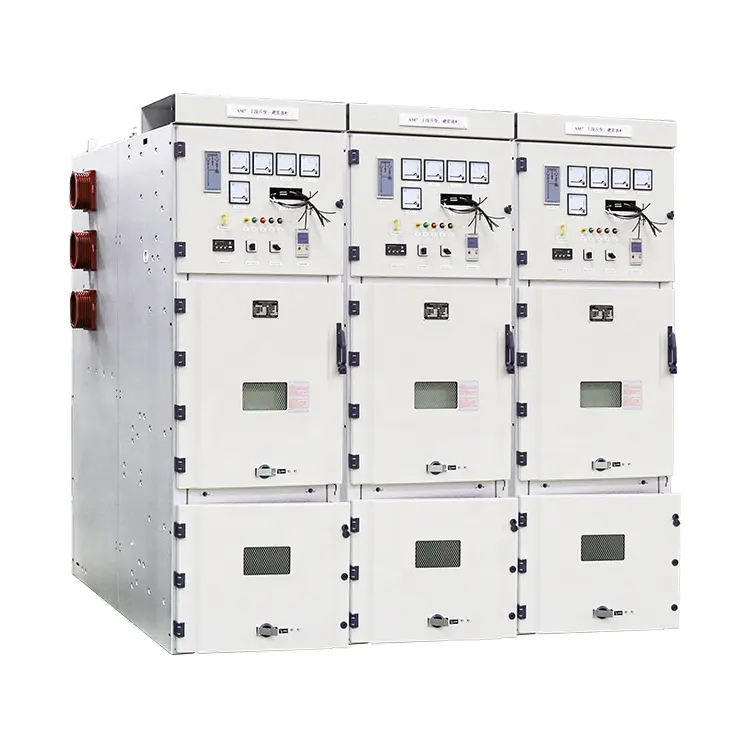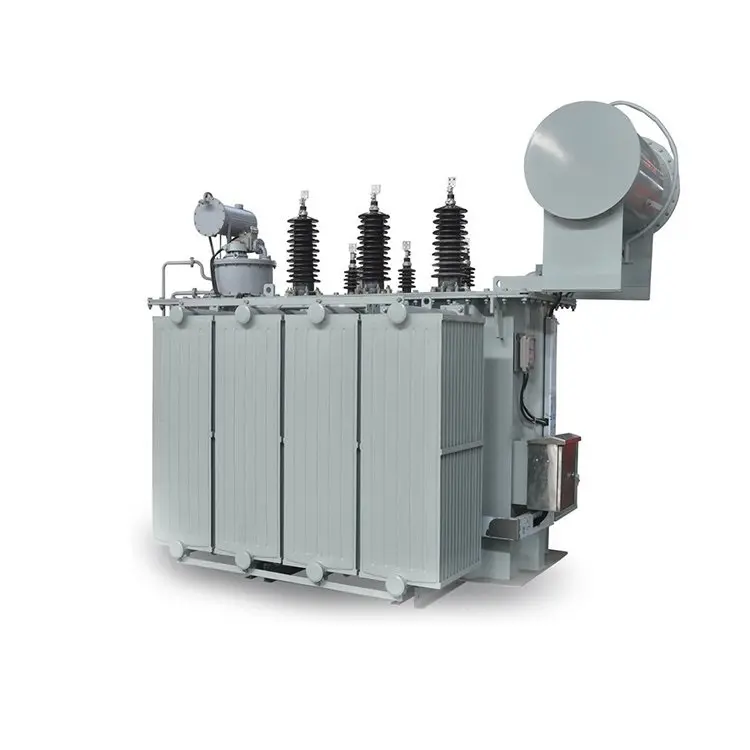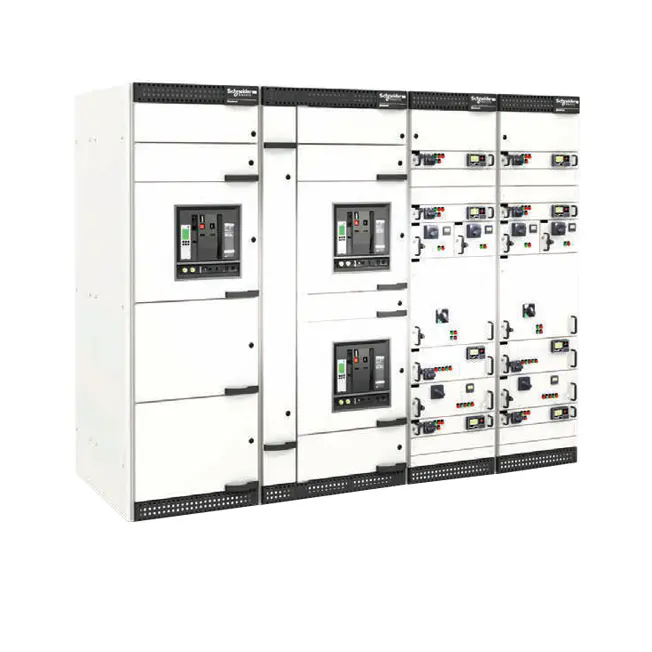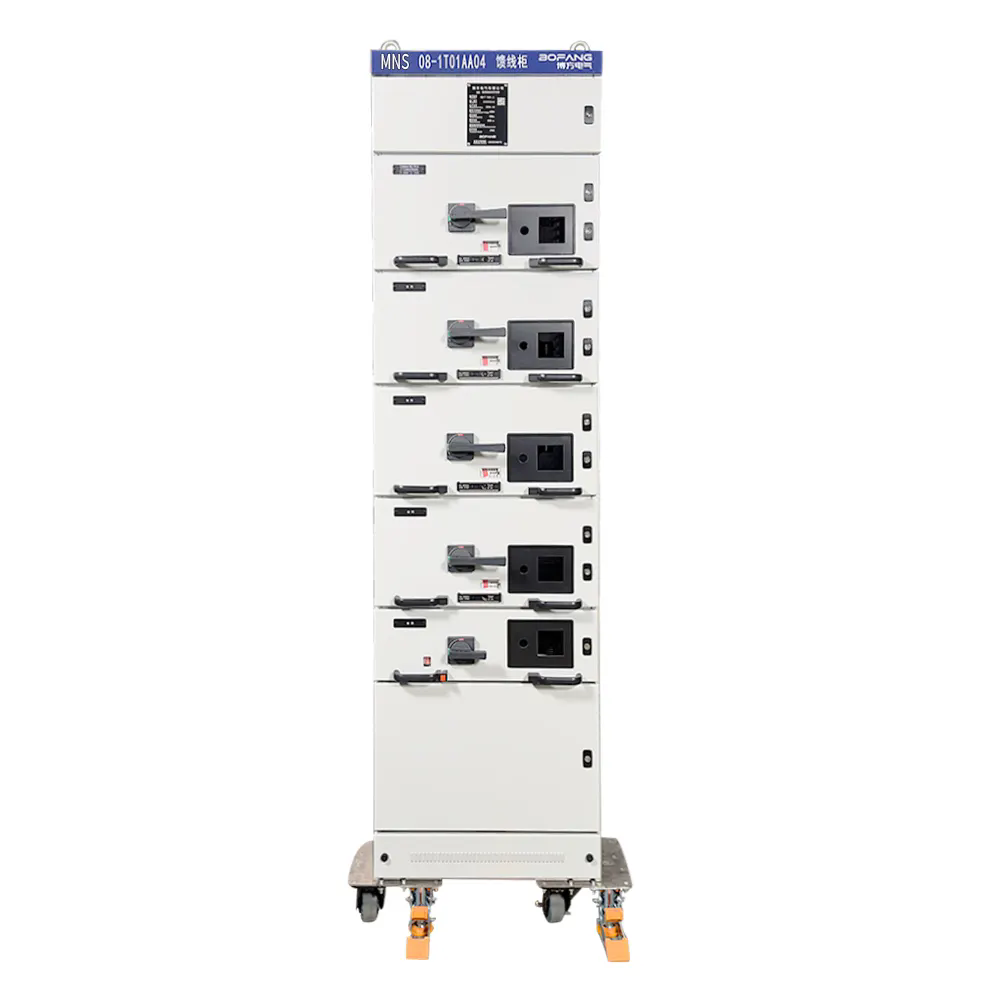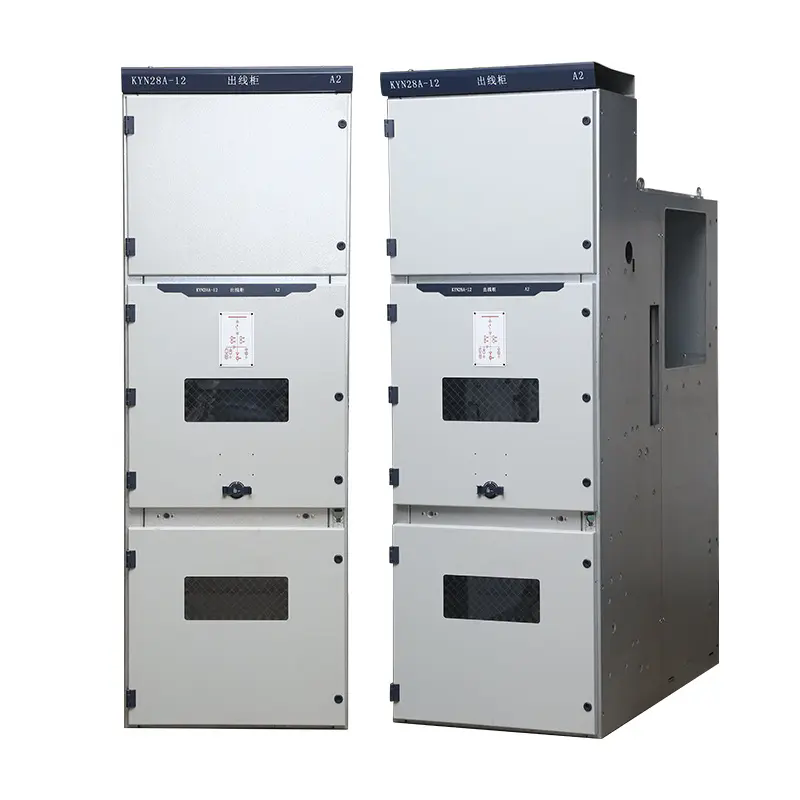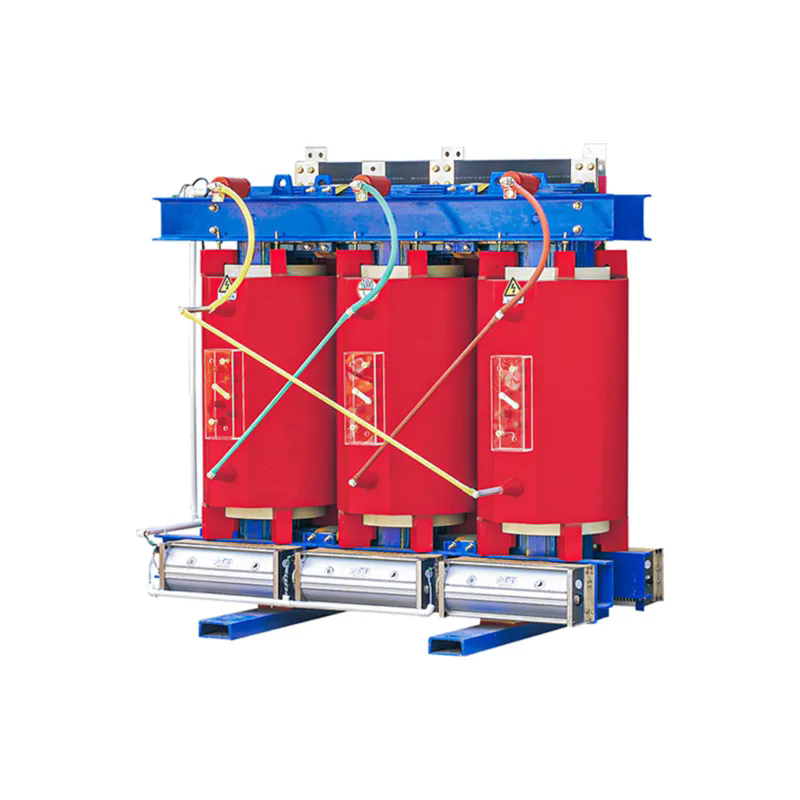How do transformers balance the core needs of stability and energy efficiency?
In the power transmission and distribution network, transformers play an indispensable role, and their core value is reflected in the voltage conversion accuracy and energy efficiency performance. As a key device connecting power grids of different voltage levels, it can not only ensure the stability of power transmission, but also reduce energy loss. It is a core component to maintain the efficient operation of the power system.
Core hub role in the power network
The transformer plays the role of "connecting the upper and lower" in the power system, converting the high-voltage electricity output by the power station into a voltage suitable for long-distance transmission, and then reducing the voltage to low-voltage electricity that can be directly used according to user needs. This voltage conversion process is the basis for the widespread application of electricity. Whether it is large-scale equipment in industrial production or daily household electrical appliances, they all rely on the adaptive voltage provided by the transformer. The stability of its operating state is directly related to the safety of the entire power network. Once a fault occurs, it may cause local or even large-scale power outages, affecting the normal operation of production and life.
Stability guarantee logic of voltage conversion
The stable operation of the transformer stems from its precise structural design and material selection. The core is made of high-permeability silicon steel sheets, which can effectively reduce hysteresis loss and ensure efficient and stable magnetic field conversion; the winding process determines the accuracy of voltage conversion, and tight and uniform winding can reduce magnetic leakage and avoid voltage fluctuations. In addition, the reasonable design of the cooling system can timely dissipate the heat generated during operation to prevent the insulation performance from being affected by excessive temperature, thereby ensuring that the transformer maintains a stable conversion efficiency under long-term high-load conditions.
Technical path for improving energy efficiency
In the context of energy conservation becoming a global consensus, improving the energy efficiency of transformers has become an important development direction. The application of new energy-saving materials, such as amorphous alloy cores, can greatly reduce no-load losses; optimized winding structures reduce load losses. At the same time, the intelligent monitoring system can monitor the operating parameters of the transformer in real time, and achieve efficient use of energy by dynamically adjusting the load distribution, which not only reduces the cost of power transmission, but also conforms to the concept of green and low-carbon development.
SYHF (Jiangsu) Electric Co., Ltd. focuses on providing high-quality power conversion equipment. The company focuses on product structural optimization and material innovation. The transformers it produces meet high industry standards in voltage conversion accuracy, operational stability and energy efficiency performance, and can meet the power transmission needs in different scenarios, providing reliable support for the safe and efficient operation of the power system and promoting sustainable development in the energy sector.
- How can an Electrical Substation become the most reliable asset in my grid?
- How Did I Cut Risk And Cost With An Oil Immersed Transformer Upgrade?
- Which Transformer Derivatives Solve Harmonics At EV Fast Charging Sites?
- How Does a Circuit Breaker Protect Your Power System?
- Are You Using the Right Circuit Breaker for Your Application?
- Why Is the Compact Substation Revolutionizing Modern Power Distribution?

